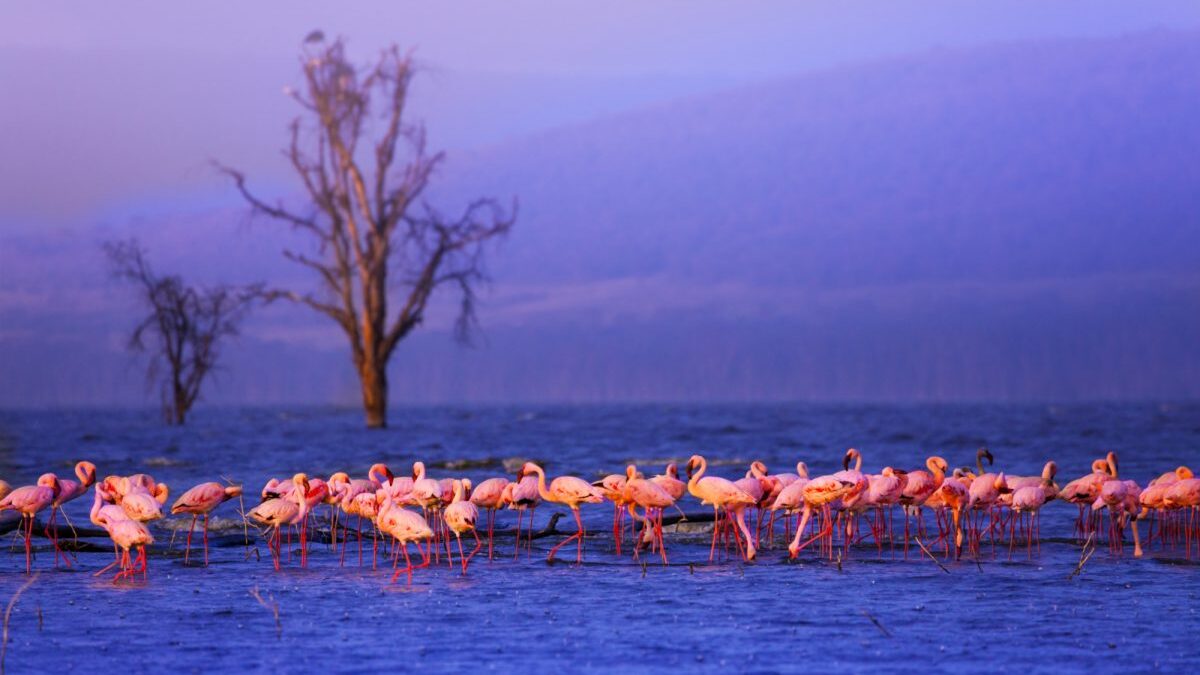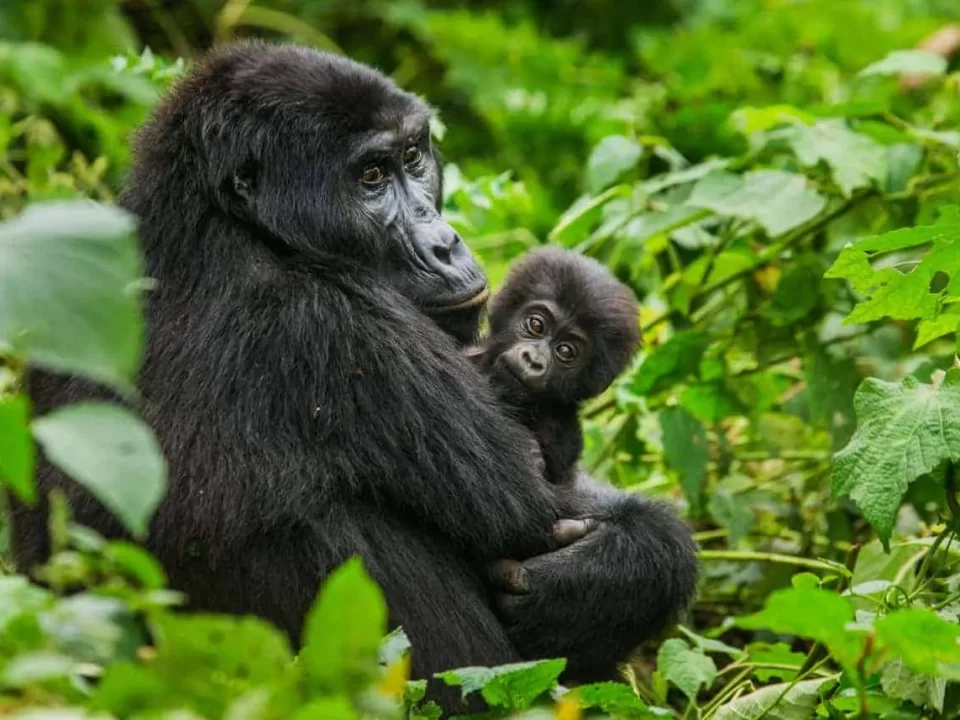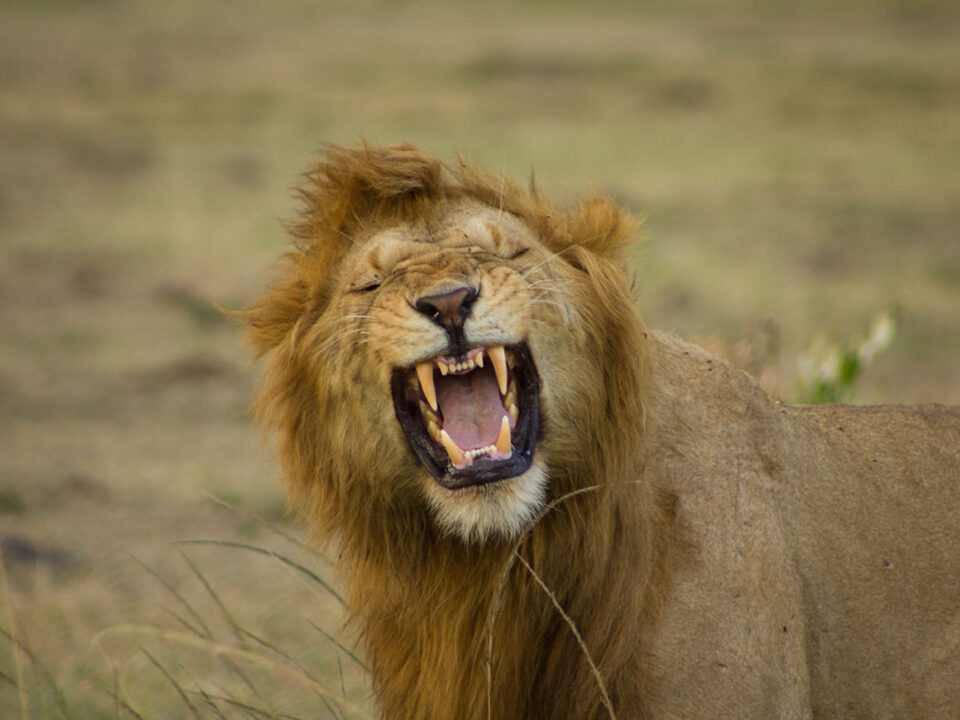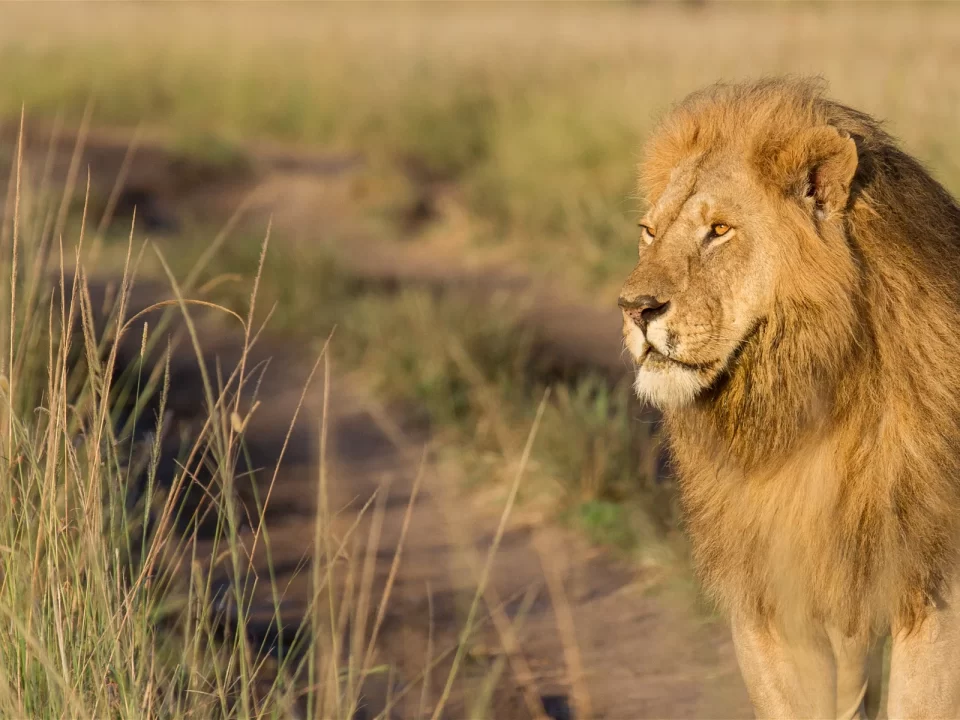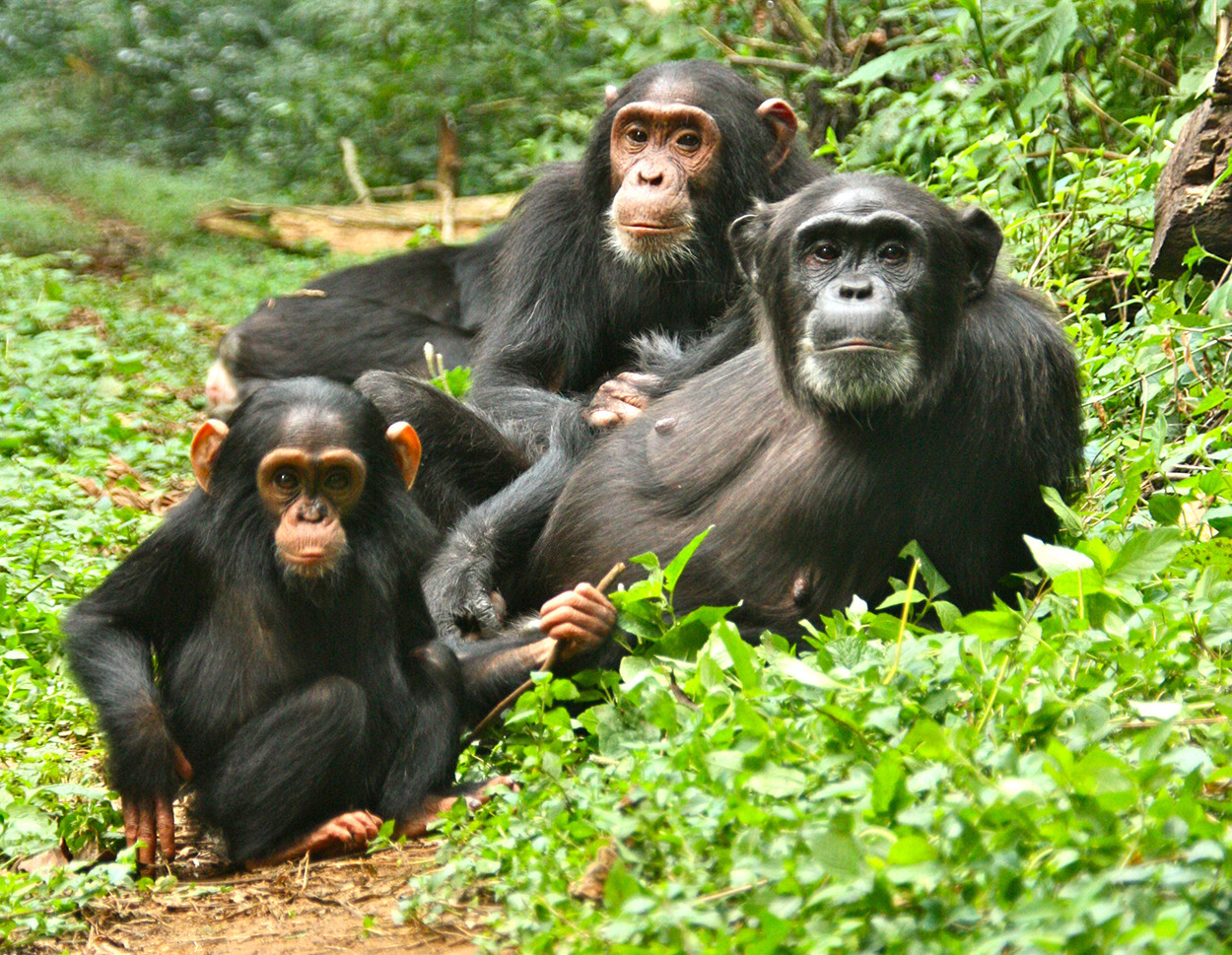
Uganda Primate Adventures & Safaris
February 12, 2024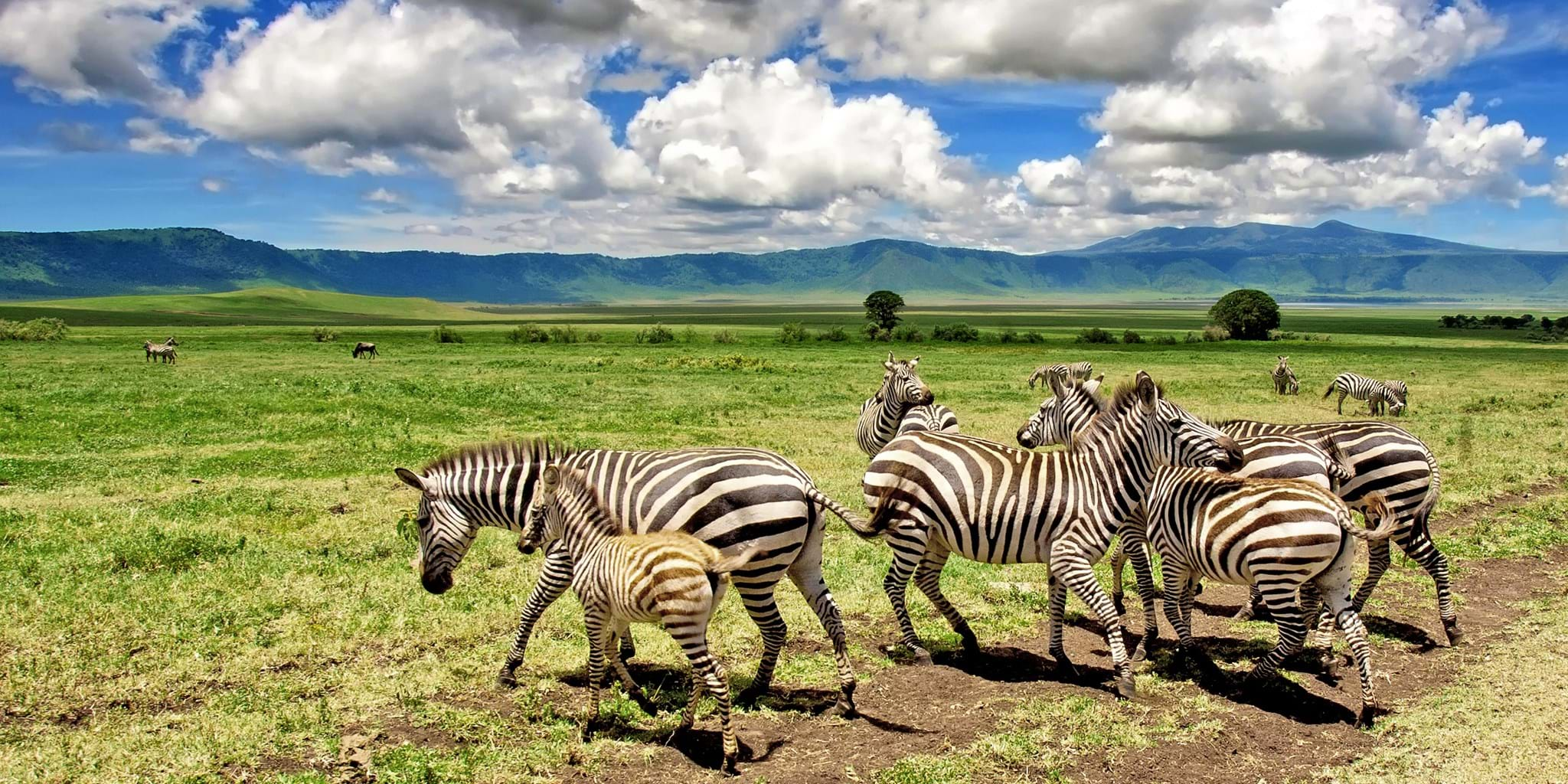
East African Safaris in April
February 12, 2024Best Time to visit Lake Nakuru in Kenya – Witnessing the Spectacle of Flamingos and Wildlife
Discovering the best time to visit Lake Nakuru National Park in Kenya unveils a captivating journey encompassing bird watching, game viewing, and scenic sightseeing. This wildlife haven, nestled in Kenya’s Great Rift Valley, offers an array of splendid features and creatures that promise to leave visitors delighted.
Prime Months for Lake Nakuru Exploration: June to October and January to February
The ideal window to embark on a Lake Nakuru safari spans from June to October and January to February. During these periods, the Great Wildebeest Migration graces the Masai Mara National Reserve, lingering until October before returning to the Serengeti National Park in Tanzania. Wildlife enthusiasts find this time advantageous, as animals congregate around water sources and rivers, enhancing the chances of seamless wildlife sightings.
Lake Nakuru’s Year-Round Allure: A Unique Climate and Diverse Seasons
Lake Nakuru National Park boasts a distinctive climate, rendering it an enticing destination throughout the year. Mirroring Kenya’s weather patterns, the park experiences two distinct seasons – the rainy season and the dry season.
The short rainy seasons unfold from April to June and from October to December, while the short dry seasons grace July to September and January to March. Lake Nakuru National Park maintains a dry semi-humid climate, ensuring moderate temperatures year-round. This climatic consistency positions the park as an ideal safari destination, irrespective of whether it’s the rainy or dry season.
Ideal Months for Tourist Visits: January, February, March, June, July, August, September, and October
For most tourists, the preferred months to explore Lake Nakuru National Park are January, February, March, June, July, August, September, and October. These dry months present optimal conditions, with shorter grass allowing for easier animal sightings. The driving trails remain drier, minimizing the risk of car trouble. Diurnal animals freely roam the park, offering a spectacle without extensive efforts, while nocturnal creatures remain visible in proximity. Camping and picnicking enthusiasts find these months particularly appealing due to minimal rainfall, ensuring an uninterrupted experience.
Less Popular Months: April, May, November, and December
April, May, November, and December emerge as less popular months for tourist visits, characterized by increased rainfall. Dubbed the wet months, they tend to impact certain safari activities, potentially deterring tourists seeking an ideal experience. However, Lake Nakuru National Park’s dry semi-humid climate mitigates the impact of rainfall. The park’s fenced nature prevents animals from leaving during the rainy season, and well-developed road networks facilitate easy navigation, even in adverse weather conditions.
Unique Aspects of Rainy Months: Abundant Birds and Flourishing Flora
Despite being less popular, the rainy months present unique attractions. The increased rainfall results in a higher number of birds around the lake and parklands, attracting migratory species. Birding enthusiasts may find the rainy season or its aftermath an opportune time to visit. The flourishing flora during the rainy months adds a beautiful dimension to the tour, complementing the overall experience.
In essence, determining the best time to visit Lake Nakuru National Park hinges on the activities one wishes to indulge in, whether they thrive in dry or wet weather conditions.
Attractions of Lake Nakuru National Park: A Bounty of Bird Species, Rhinos, Giraffes, and Diverse Wildlife
Lake Nakuru National Park beckons with a plethora of attractions, including more than 450 bird species adorning Lake Nakuru and the parklands. The Rhino sanctuary shelters Rhinos and Rothschild’s giraffes, adding a touch of conservation to the park’s allure. Over 50 animal species call the park home, contributing to the rich biodiversity within its borders.
Beyond its wildlife, Lake Nakuru National Park stands as a picturesque landscape, adorned with scenic ridge features. These serve as ideal spots for sightseeing, camping, picnicking, and engaging in memorable photo and film sessions. The park’s multifaceted offerings make it a must-visit destination for those seeking an immersive and enriching wildlife experience.

